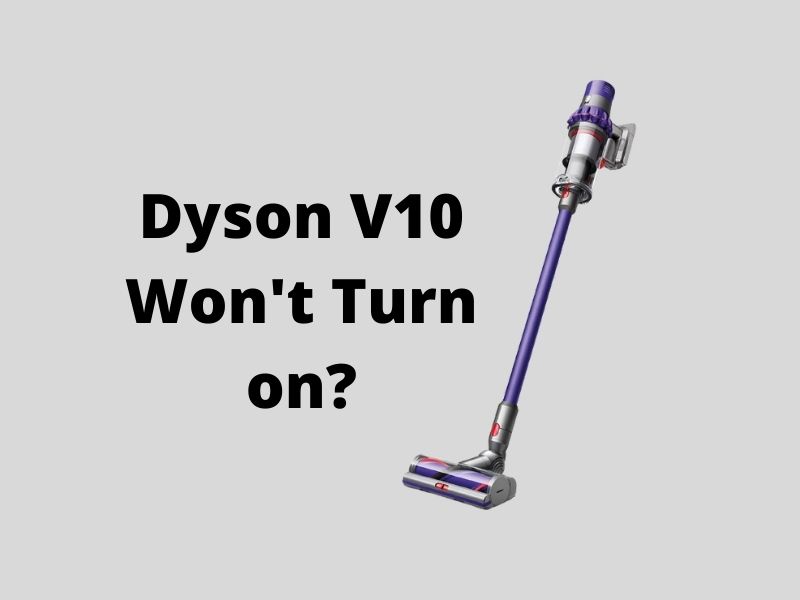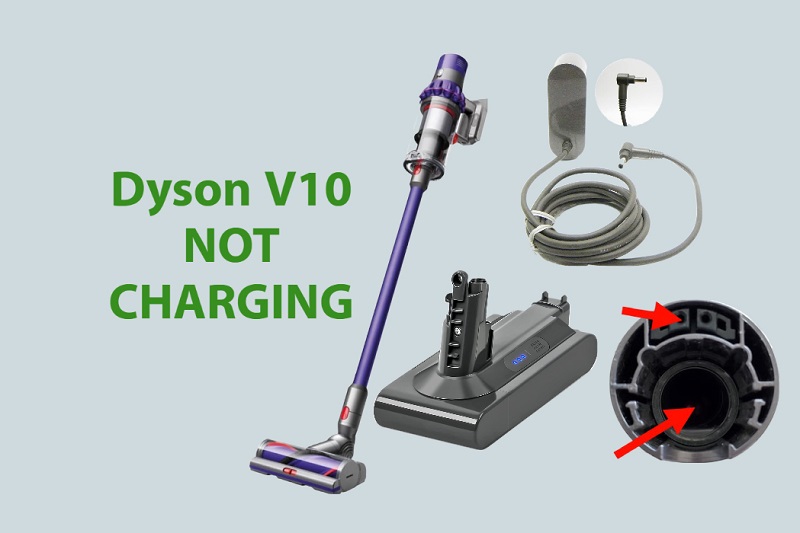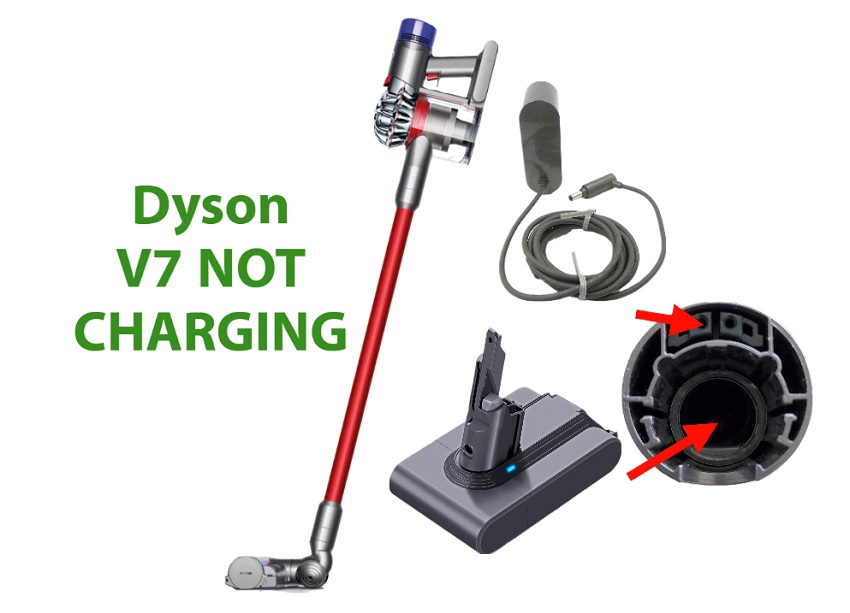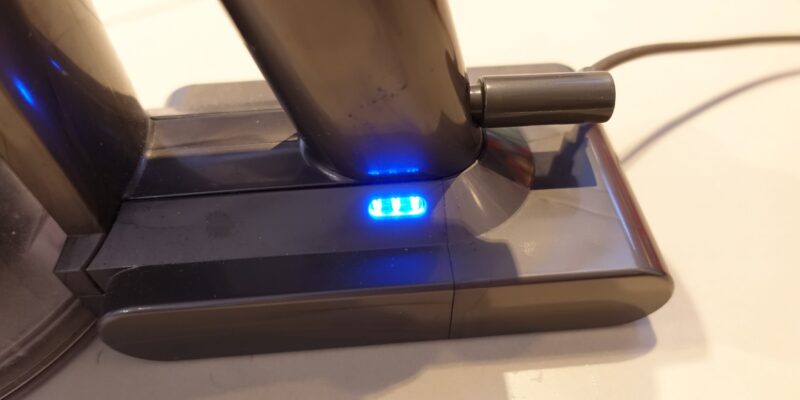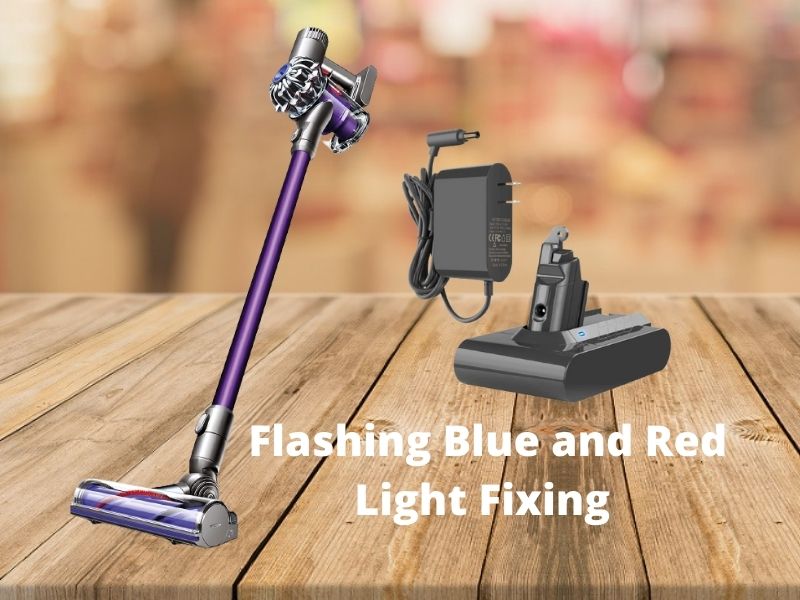According to Dyson manufacturers, your Dyson DC40 won’t lose suction if you maintain your vacuum cleaner properly. But, like every vacuum, your Dyson DC40 can get clogs too. A couple of things that might make your Dyson vacuum lose suction, such as clogged hoses or a dirty filter. You can fix these issues to restore suction. And if you don’t know how to restore suction power on your vacuum, you are in the right place now. Because we are here to provide you with a complete guideline to solve your Dyson hose lost suction issue. We hope you will be benefited from this guide. So, keep reading the whole article and follow our step-by-step instructions to fix up your issue.
Affiliate disclosure: As an Amazon associate, We'll earn a commission for every successful order through our affiliate links in the article. However, you won’t be charged anything for this.
Dyson DC40 Hose No Suction Fixing
Step 1
At first, unplug your Dyson DC40 vacuum and remove the cleaner head assembly of your vacuum by pulling “C Clip” forward
Step 2
Try to inspect for blockages visually. Check the probable locations for typical blockages that will hamper the suction of your Dyson DC40 vacuum. For instance, inspect the screen under the cyclone assembly for gathered dust or fibers. Because these can restrict airflow in your machine and consequently your DC40 vacuum may not provide adequate suction power.
Step 3
Carefully remove the hose by lifting the release cap on the wand handle and pulling the hose out. Check inside the hose for possible blockages. If you find any clogs then remove them with a long-handled brush.
Step 4
Also, remove any excess fibers, hair, or congestion from your Dyson brush roll. If your Dyson DC40 gets older, your brush roll bearings can overheat and need to be replaced. In addition, you can increase the life span of your DC40 and its associated parts by regular maintenance.
Step 5
Besides, due to a damaged hose, the vacuum may not supply adequate suction power. So, if your DC40 vacuum hose gets damaged then you may need to replace the hose.
Step 6
Another probable reason for losing suction is a dirty filter. So, in this step, remove the filter from your vacuum cleaner. In most vacuum cleaners, the filter locates on top of the dirt canister. So, remove it by pulling the dirty canister from your vacuum cleaner and removing the canister lid. It is notable that Dyson DC40 has bright release buttons that are easily accessible and visible.
Besides, you need to remove the filter from the filter frame if it contains one. The filter frame is a rigid piece of plastic that will support a flexible filter. Rinse the filter thoroughly under cold water until you have removed all debris stuck with the filter. After washing the filter, let it dry completely. Then set the filter again to the frame and machine.
Wrap it up
We hope this quick guide will help you a lot to know more about your Dyson dC40 lost suction issue, meanwhile, now you will be able to fix this specific problem easily. After following our guide, if you are still having issues with loss of suction or clogs, consult the Dyson Company to see if they will cover the cost of repairs if you are unable to restore the suction on your own.


